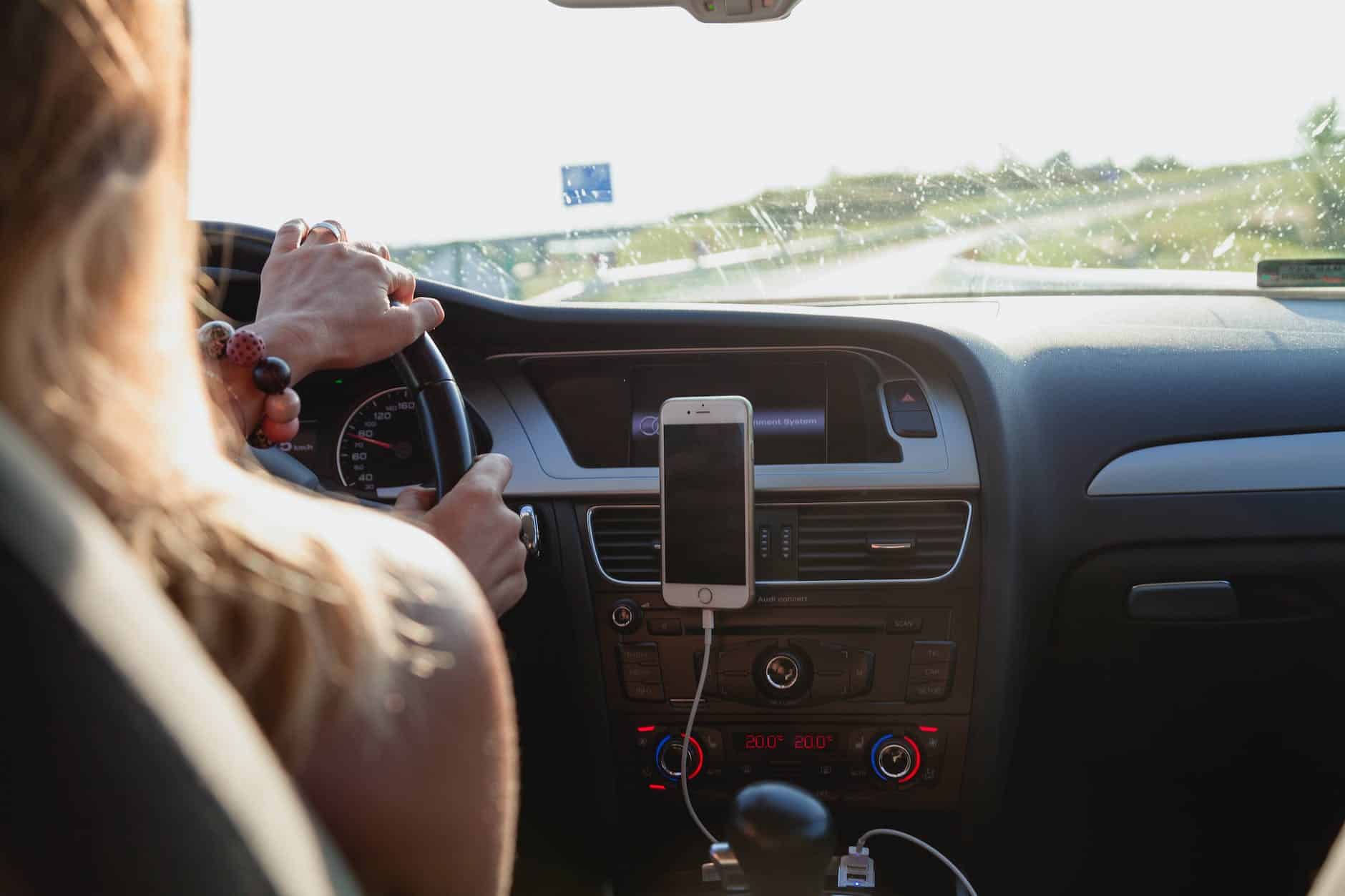
Table of contents
Introduction
Taking on a road trip is an exhilarating experience filled with adventure. Getting your car together and ready to take on the open road seems easy enough. However, before you embark on your journey, it’s crucial to ensure your vehicle is in top condition to reach your destination. By conducting a thorough road trip inspection, you can identify and address potential issues, making your road trip an enjoyable success. In this segment, we will guide you through a simple yet comprehensive checklist for inspecting your car before a road trip.
Road Trip Inspection Steps
#1 Tires
Begin your inspection by checking your tires for proper inflation and tread wear. Ensure the tire pressure matches the manufacturer’s recommendations as underinflated or overinflated tires can lead to reduced fuel economy and increased risk of blowouts. Use a tire pressure gauge to know the exact PSI your tires are at.
Inspecting your car tire’s tread is rather simple. On every tire, a “wear indicator bar” is seen running horizontal on the tire. If the tread is in line with that bar, your tire needs to be replaced. Alternatively, the tried-and-true penny test will suffice. Simply place a penny into the tire tread with President Lincoln’s head turned upside down. If all of Lincoln’s head is exposed, the tire needs to be replaced. If you avoid this step in your road trip inspection, you may be putting yourself at risk for losing traction in bad weather!
Should you find yourself in need of new tires, check out our tire buying guide!
#2 Fluid Levels
Check all fluid levels in your vehicle, include engine oil, coolant, brake fluid, transmission fluid, and windshield washer fluid. Low fluid levels can lead to engine overheating, poor braking performance, or visibility issues. Top up any fluids that are below the recommended levels or schedule a maintenance appointment if needed. Remember to follow all of the fluid and lubricant guidelines in your vehicle’s manual.
#3 Brakes
The inspection of the braking system is critical for your safety. Listen for any unusual noises when applying the brakes, as squealing or grinding sounds could indicate worn brake pads. Additionally, check the brake pedal responsiveness and ensure it feels firm when pressed. Fortunately, many brake shops do free inspections as an incentive to use their shop should you need a fix!
#4 Lights
Verify that all exterior lights and signals are working correctly. Check the headlights, taillights, turn signals, brake lights, and hazard lights. Consider having a friend assist you in confirming that all lights illuminate and blink as intended. Properly functioning lights enhance visibility, especially during nighttime driving or adverse weather conditions.
Having difficulty seeing at night? Maybe it’s time to upgrade your headlights to something superior. Alternatively, you can inspect your headlights and see if they have turned cloudy and oxidized. Headlight oxidation is common, especially on older vehicles. Luckily, there are headlight restoration kits out there that will make your headlights look good as new!
#5 Battery
A dead battery can quickly ruin your road trip plans. During your inspection, check the battery terminals for signs of corrosion or loose connections. If necessary, clean the terminals and tighten any loose connections. If your battery is more than three years old or showing signs of weakness, consider having it tested and potentially replaced to avoid any unexpected breakdowns. Symptoms of a weak battery can include rough startup or flickering electronics.
#6 Belts And Hoses
Inspect the engine belts and hoses for any signs of wear, cracking or fraying. These components are essential for the proper functioning of your vehicle’s systems, such as the cooling system and power steering. If you notice any damage or aging during the inspection, it’s advisable to have them replaced before embarking on your road trip.
#7 Windshield And Wipers
Ensure your windshield wipers are in good condition and capable of clearing the windshield effectively. Replace worn or damaged wiper blades for optimal visibility during rain or snow. Additionally, inspect the windshield for any cracks or chips, as these can impair your vision and potentially worsen during the journey. Contact a local or mobile windshield repair company to fill the crack or replace the windshield entirely.
When replacing your windshield wiper blades, we recommend you look into high quality and highly rated wiper blades. The wiper blades are easy to install and come with clear and concise instructions that anyone can follow! Altogether, changing your windshield wipers is an easy car repair anyone can do!
Conclusion
Taking the time to inspect your car before a road trip is a small investment that pays off in safety and peace of mind. By following this simple checklist, you can identify and address potential issues proactively, reducing the chances of breakdowns or mishaps. While this road trip inspection guide is great for your big vacation, it is also a useful precaution when buying a used car! Remember, regular vehicle maintenance is key to enjoying a smooth and worry-free journey, allowing you to focus on the incredible experiences that await you on your road trip.

Keep up with the latest articles, content, and special offerings by signing up for our email newsletter!
